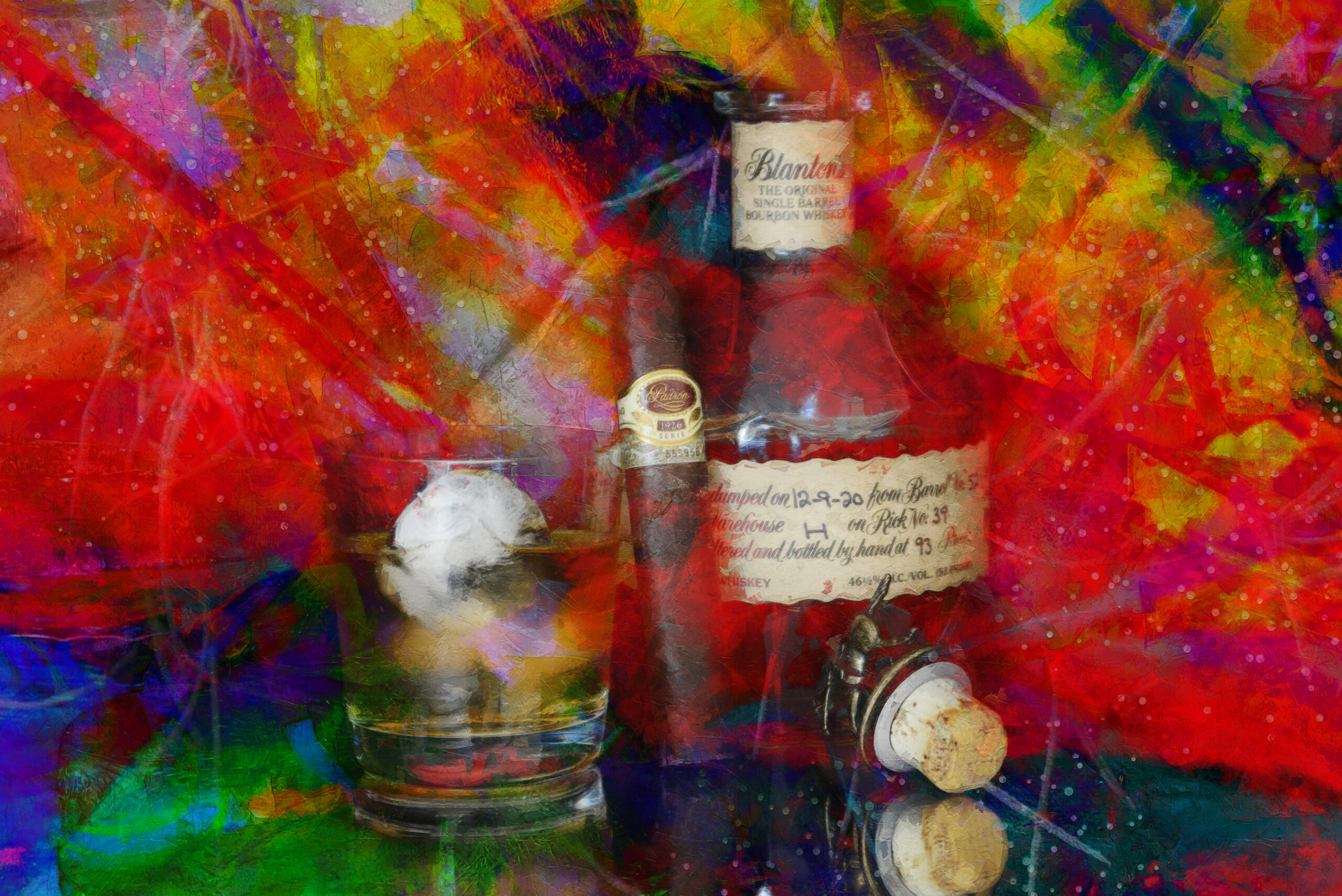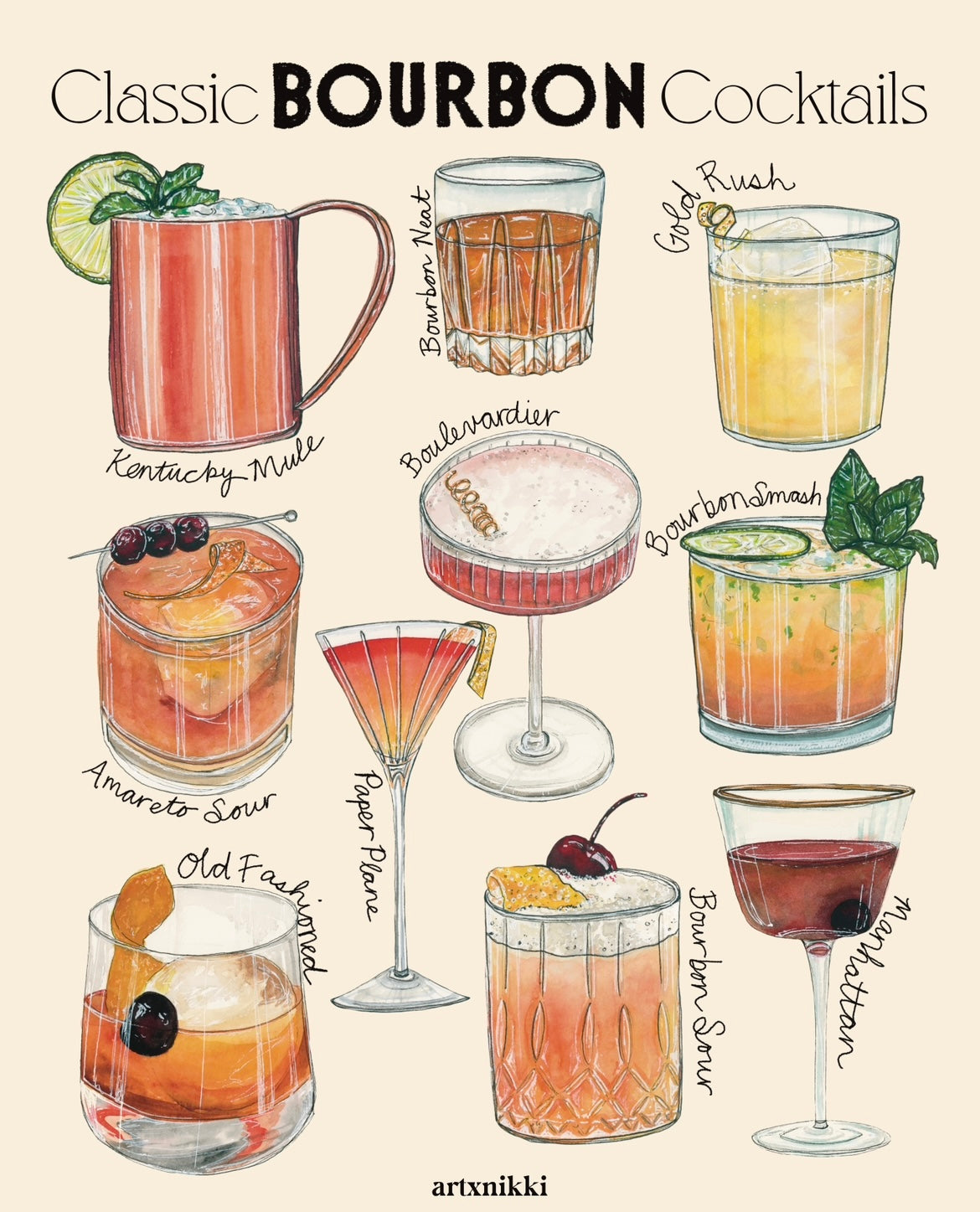Check out the World of Bourbon Art: A Trip With Culture and Workmanship
Check out the World of Bourbon Art: A Trip With Culture and Workmanship
Blog Article
The Importance of Whiskey Art in Celebrating Heritage and Craftsmanship in the Beverage Industry
The complex partnership between bourbon art and the celebration of heritage and workmanship within the drink sector can not be overstated. Through attentively created tags and bottles, bourbon brands encapsulate their historic origins and the artisanal abilities that define their manufacturing methods.
The Historic Origins of Whiskey
At the heart of scotch's attraction lies an abundant tapestry of historical origins that map back to ancient people. The origins of bourbon can be linked to the distillation practices of the Sumerians and Babylonians around 2000 BCE, where early types of fermented grain beverages started to arise. Nevertheless, it was in the Center Ages that the art of purification progressed significantly, specifically in Ireland and Scotland, bring about the production of scotch as we know it today.
The term "scotch" itself derives from the Gaelic word "uisce beatha," suggesting "water of life." This expression highlights the social value of whiskey in Celtic cultures, where it was frequently linked with rituals, events, and common bonding. By the 15th century, purification ended up being an acknowledged craft within monastic areas, leading the way for the facility of legal distilleries.
As profession courses expanded, bourbon's popularity expanded, transcending regional borders and capturing the rate of interest of connoisseurs worldwide. Realism Art. This historical journey mirrors not only the craftsmanship behind whiskey production but additionally its important duty in social and social contexts, noting it as a considerable drink throughout background
Artistic Expression in Branding
Bourbon branding stands as an engaging junction of virtuosity and business, where visual identification plays an important role in forming customer perception. The aesthetics of bourbon labels, packaging, and advertising products reflect not just the brand name's tale but also its core worths and heritage. With creative expression, distilleries communicate a story that reverberates with customers, evoking feelings and triggering connections.
Making use of color, typography, and imagery in branding offers to set apart items in a saturated market. Traditional themes might evoke a sense of authenticity and craftsmanship, while contemporary styles can represent innovation and forward-thinking. This calculated artistic instructions boosts brand name acknowledgment and loyalty, permitting customers to build an individual relationship with the scotch they choose.
Additionally, imaginative expression in branding often functions as a celebration of local heritage. Distilleries frequently incorporate neighborhood icons or historical references right into their styles, creating a feeling of area that invites customers to take part in a broader cultural experience. Eventually, the virtuosity behind scotch branding not only enhances aesthetic allure however likewise enhances the total story of the brand name, fostering a deeper recognition for the craftsmanship and heritage embedded in each bottle.
Workmanship in Bottle Design
The virtuosity evident in scotch branding prolongs past aesthetic identification to incorporate the craftsmanship associated with bottle design. Each container serves as a vessel not just for the spirit within, yet also for the tale it tells concerning its practice, top quality, and origin. The style process calls for careful attention to information, as components such as product, closure, and form contribute significantly to the general understanding of the scotch.
Workmanship in bottle layout entails choosing top quality glass that can enhance the bourbon's shade and clearness, while additionally providing a tactile experience for the consumer. The silhouette of the container should be both aesthetically appealing and functional, usually reflecting the heritage of description the brand name. Many distilleries opt for one-of-a-kind shapes or embossed logo designs that stimulate a feeling of credibility and history.
Additionally, the label layout and typography play a critical role in communicating the brand's narrative. Bourbon Art. A well-crafted bottle not just astounds the customer's eye yet likewise strengthens the brand's dedication to quality and practice. In this means, the craftsmanship of bottle design ends up being an important facet of the whiskey experience, merging creativity with an extensive regard for heritage
Cultural Value of Scotch Art
Commemorating tradition and craftsmanship, the social significance of whiskey art goes beyond plain aesthetic appeals, linking with the social and historical narratives of the areas from which it stems. Each container acts as a canvas, illustrating the unique tales, mythology, and practices that have actually shaped local whiskey-making methods. The intricate layouts commonly mirror the heritage of the distillers, integrating signs and motifs that reverberate with the culture and worths of their neighborhoods.

In addition, whiskey art plays a crucial function in communal celebrations and celebrations, working as a substantial web link between people and their shared experiences. By valuing the artistry in scotch product packaging, consumers grow a much deeper understanding and regard for the craft, eventually enhancing their satisfaction of the beverage itself.
Modern Trends in Whiskey Discussion
Over the last few years, the discussion of whiskey has advanced to show modern preferences and patterns while still recognizing typical craftsmanship - Realism Art. Distilleries are significantly focusing on aesthetic components that enhance the total drinking experience, connecting the void between heritage and modernity
Ingenious bottle styles have actually arised, often integrating sustainable materials and artistic tags that tell compelling stories. Numerous brand names now collaborate with local artists, instilling their products with unique helpful site aesthetic expressions that reverberate with customers. Furthermore, limited-edition releases are often packaged in collectible containers, including value and allure for connoisseurs.

Conclusion
In final thought, scotch art acts as a vital conduit for sharing the heritage and craftsmanship intrinsic in the drink sector. Through complex branding, ingenious bottle styles, and culturally substantial imaginative components, bourbon brands efficiently recognize their practices and link with customers. This artistic story not only boosts the appreciation of scotch but likewise enhances neighborhood identification and pride amongst manufacturers. Inevitably, bourbon art plays a necessary duty in preserving and celebrating the abundant cultural tapestry of whiskey-making.


Craftsmanship in bottle design entails choosing high-quality glass that can boost the whiskey's shade and clarity, while also giving a responsive experience for the customer. In this way, the workmanship of container layout becomes an important element of the scotch experience, combining artistry with an extensive respect for heritage.
In verdict, whiskey art offers as an essential avenue for expressing the heritage and workmanship fundamental in the drink market.
Report this page